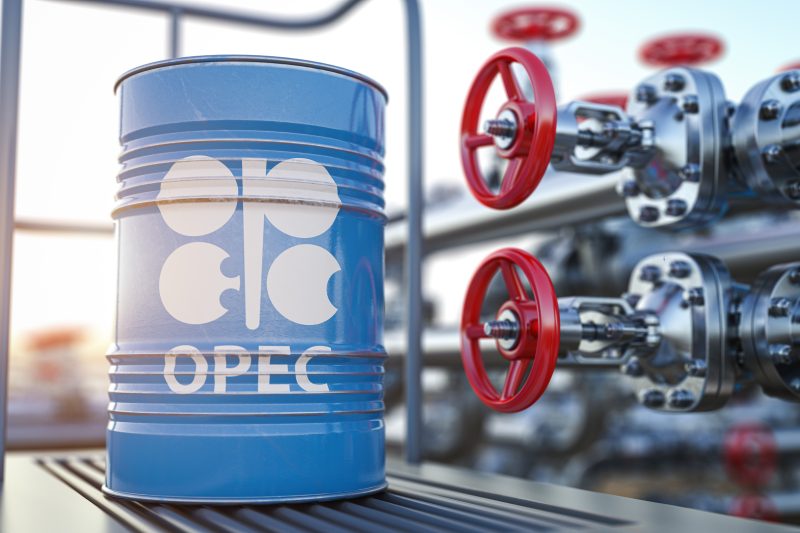“China’s pre-eminence (is) fading. Last year the country accounted for 70% of global demand gains – this will decline to around 40% in 2024 and 2025,” the IEA said.
Oil forecasters are split more widely than usual on the strength of oil demand growth for this year and the medium term, partly due to differences over the pace of the world’s transition to cleaner fuels. On Wednesday, producer group OPEC maintained its much higher forecasts.
The IEA left its forecast for relatively low oil demand growth of 970,000 bpd this year largely unchanged from its outlook last month, and trimmed its growth forecast for next year by 50,000 bpd to 980,000.
By contrast, OPEC expects oil demand to rise by 2.25 million bpd this year, more than double the IEA’s prediction, with China providing a significant chunk of the growth.
As the post-COVID economic rebound flattens out worldwide, the IEA added, lacklustre economic growth, increased energy efficiency and the rise of electric vehicles will act as headwinds for growth this year and next.
At the same time the IEA said oil supply growth this year would hit 770,000 bpd, boosting total supply to a record 103 million bpd.
That growth is set to more than double next year to reach 1.8 million bpd, with United States, Canada, Guyana and Brazil leading gains.
Despite sluggish demand generally, the IEA sees demand for oil from the OPEC+ producer group far outstripping its current reined-in production, suggesting that the bloc could pump more.
“Our current non-OPEC+ supply and global demand forecasts show the call on OPEC+ crude at 42.2 million bpd in 3Q24 and 41.8 million bpd in 4Q24 – roughly 800,000 bpd and 400,000 bpd above its June output, respectively.”
Next year, however, the call on OPEC+ crude is set to fall to 41.1 million bpd in the face of rising output from outside the bloc.
Reporting by Noah Browning; editing by Jason Neely, Alex Lawler and David Evans – Reuters




